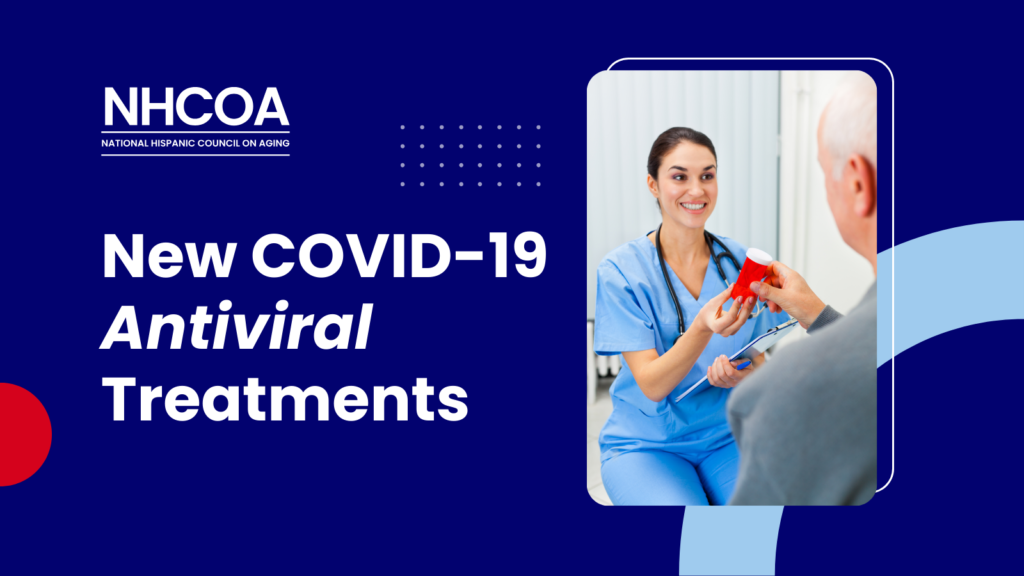
Three years into the COVID-19 pandemic and less than a year after declaring the end of the virus as a Public Health Emergency of International Concern, we simply cannot stop considering the virus as a global health threat. The virus is here to stay, and countries must now incorporate COVID-19 monitoring and response strategies into their regular health programs that respond to better manage the disease for the population.
Currently, most people with COVID-19 can recover at home and can treat symptoms with over-the-counter medications, such as acetaminophen or ibuprofen. On the other hand, if you are more likely to become seriously ill, there are treatments available that can reduce your chances of being hospitalized or dying from the disease. In these cases, medications to treat COVID-19 should be prescribed by a healthcare provider or pharmacist and should be started 5 to 7 days after symptoms start.
It is important to contact a healthcare provider immediately to determine if you are eligible for treatment, even if your symptoms are currently mild. Unfortunately, many who need COVID-19 treatments are unaware that treatments are an option and do not receive them.
It is also possible that vulnerable communities may not be receiving adequate access to COVID-19 treatments, including antivirals due to lack of access to adequate information. That is why in this blog we share more about the new treatments approved for the treatment of COVID-19 and who are the communities most at risk of contracting the disease.
In the first instance, age is the biggest risk factor, which also increases if the patient has health conditions such as diabetes, cancer, mental health problems, obesity, asthma or others. If a person has mild to moderate COVID-19 symptoms, they may be eligible for one of two antiviral treatment options available to help prevent severe COVID-19: oral antivirals and intravenous (IV) antivirals.
- Oral antivirals are pills that can be taken by mouth and can be obtained from a pharmacy. Treatment should begin within the first five days.
- Intravenous antivirals must be administered in a hospital or other healthcare facility and should be started within the first seven days.
The FDA has granted full approval to one and emergency use authorization to the second of two oral antivirals used to treat COVID-19 in people infected with the virus and who are at high risk of developing severe disease. The FDA also approved an intravenous antiviral for the treatment of people infected with the virus and who are at high risk of developing severe COVID-19.
According to the Vaccine Equity and Education Project, oral antivirals are most effective when started as soon as possible after infection. In addition, clinical trials have shown that oral antivirals reduce the risk of hospitalization or death by up to 88%. A bonus of antiviral treatment is that a positive test for the virus is not required for them to be prescribed, but people should check with their healthcare provider to see if they can receive them.
Oral antivirals will remain free to everyone in the U.S. until the federally while supply last. After that, oral antivirals will transition to traditional insurance coverage. Costs will vary depending on your insurance plan, although people covered by Medicaid will continue to receive oral antivirals for free until at least September 2024.
Source:
https://www.who.int/teams/health-care-readiness/covid-19/therapeutics
https://www.cdc.gov/coronavirus/2019-ncov/your-health/treatments-for-severe-illness.html

Recent Comments